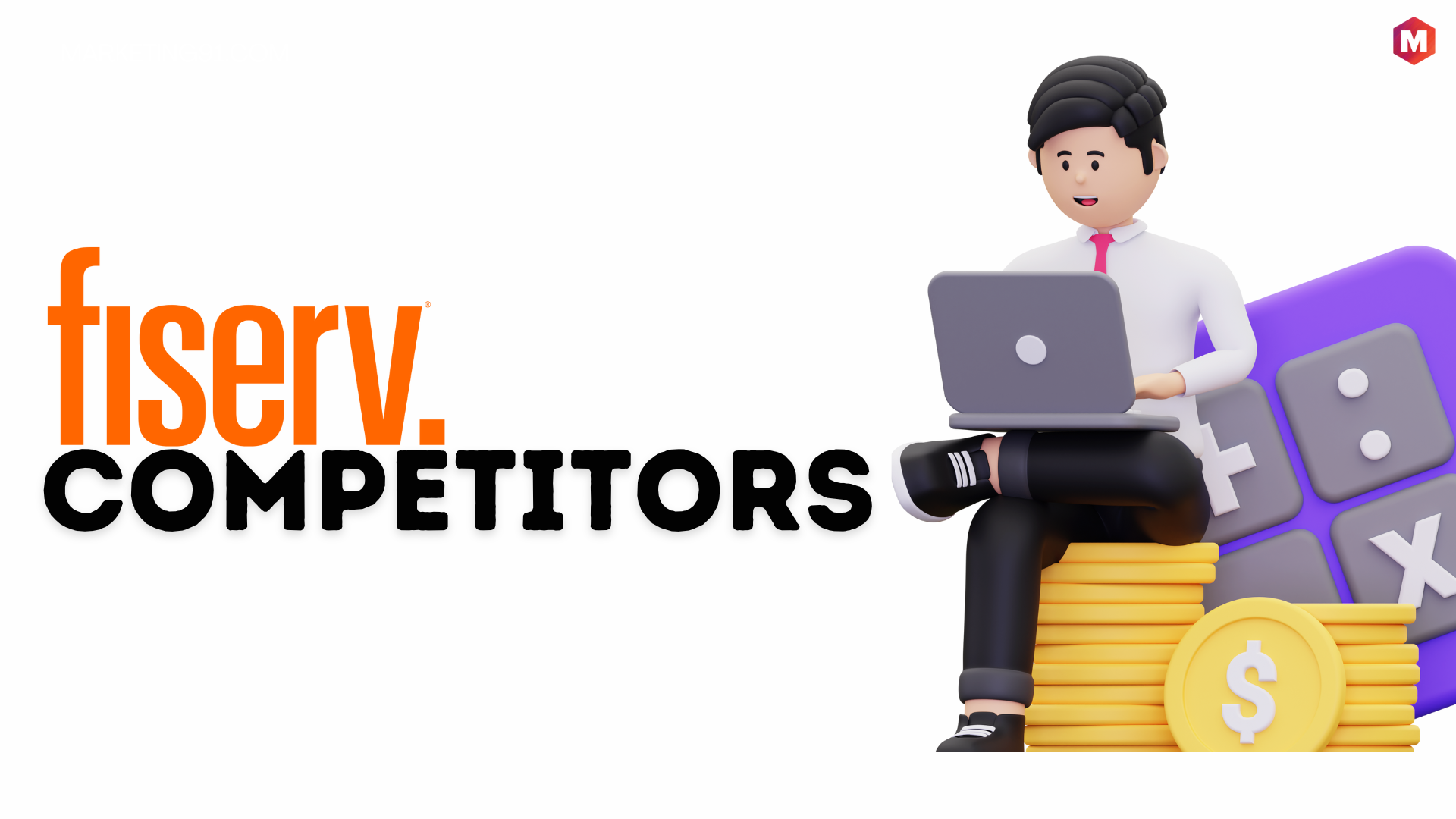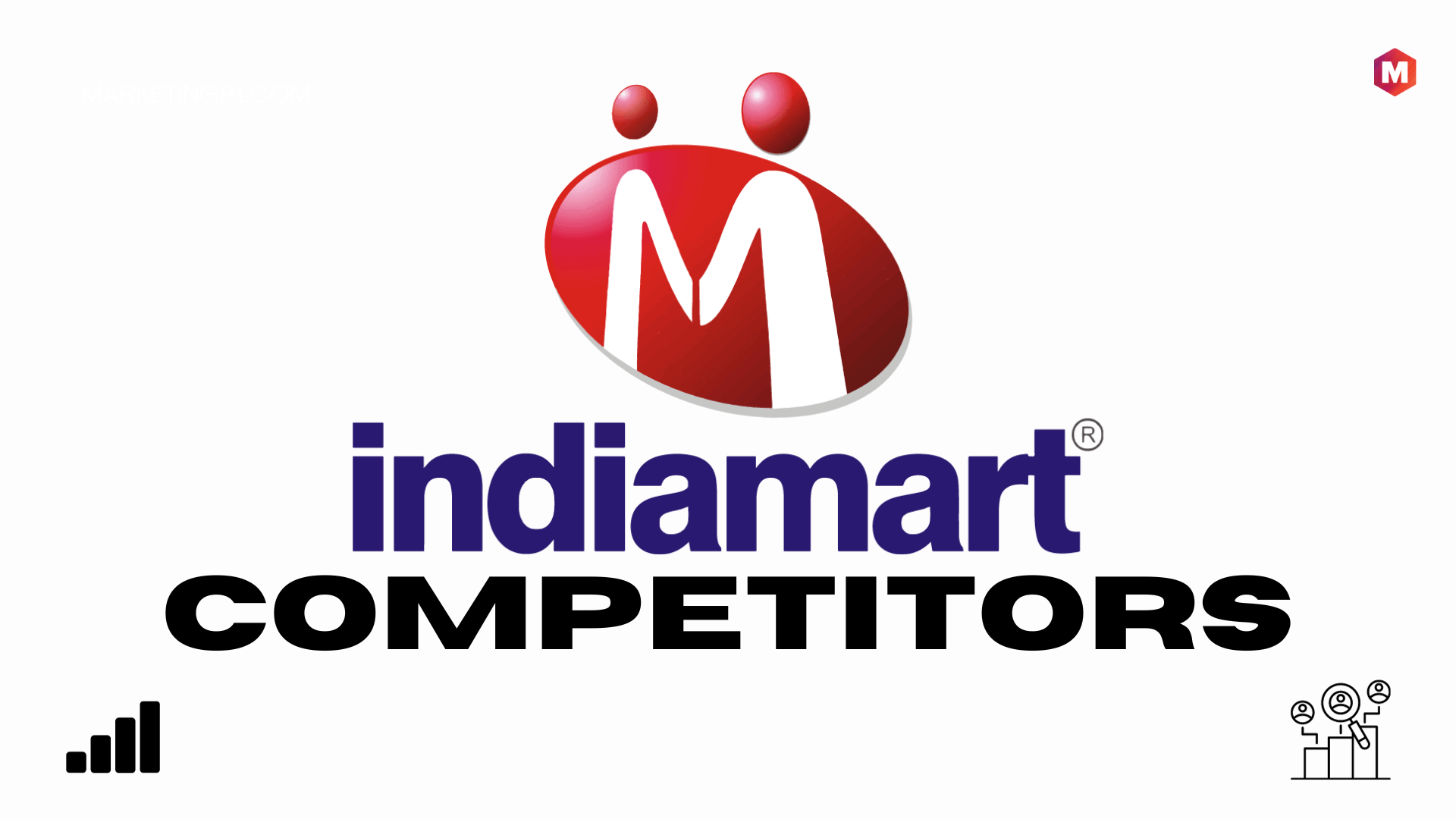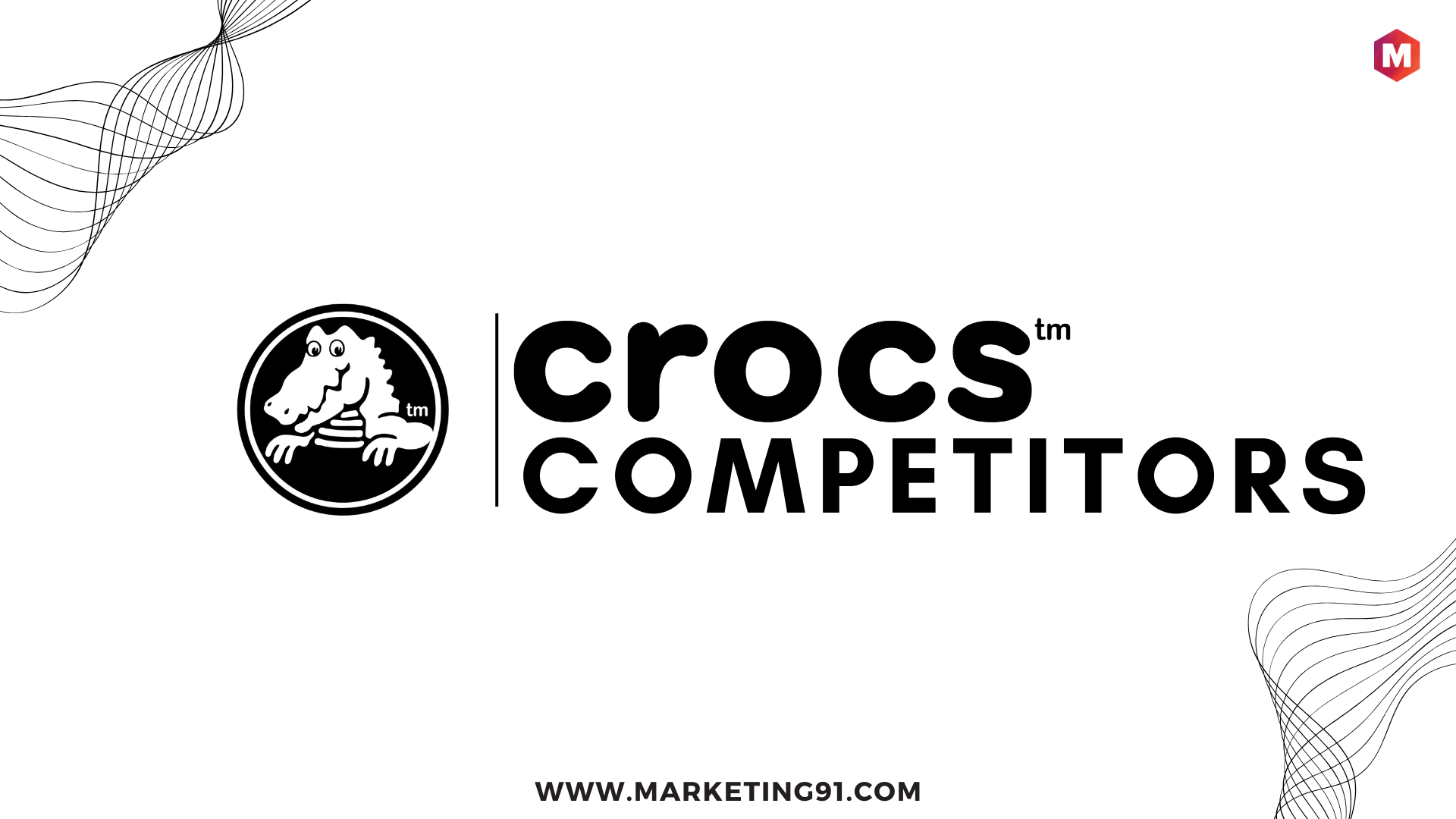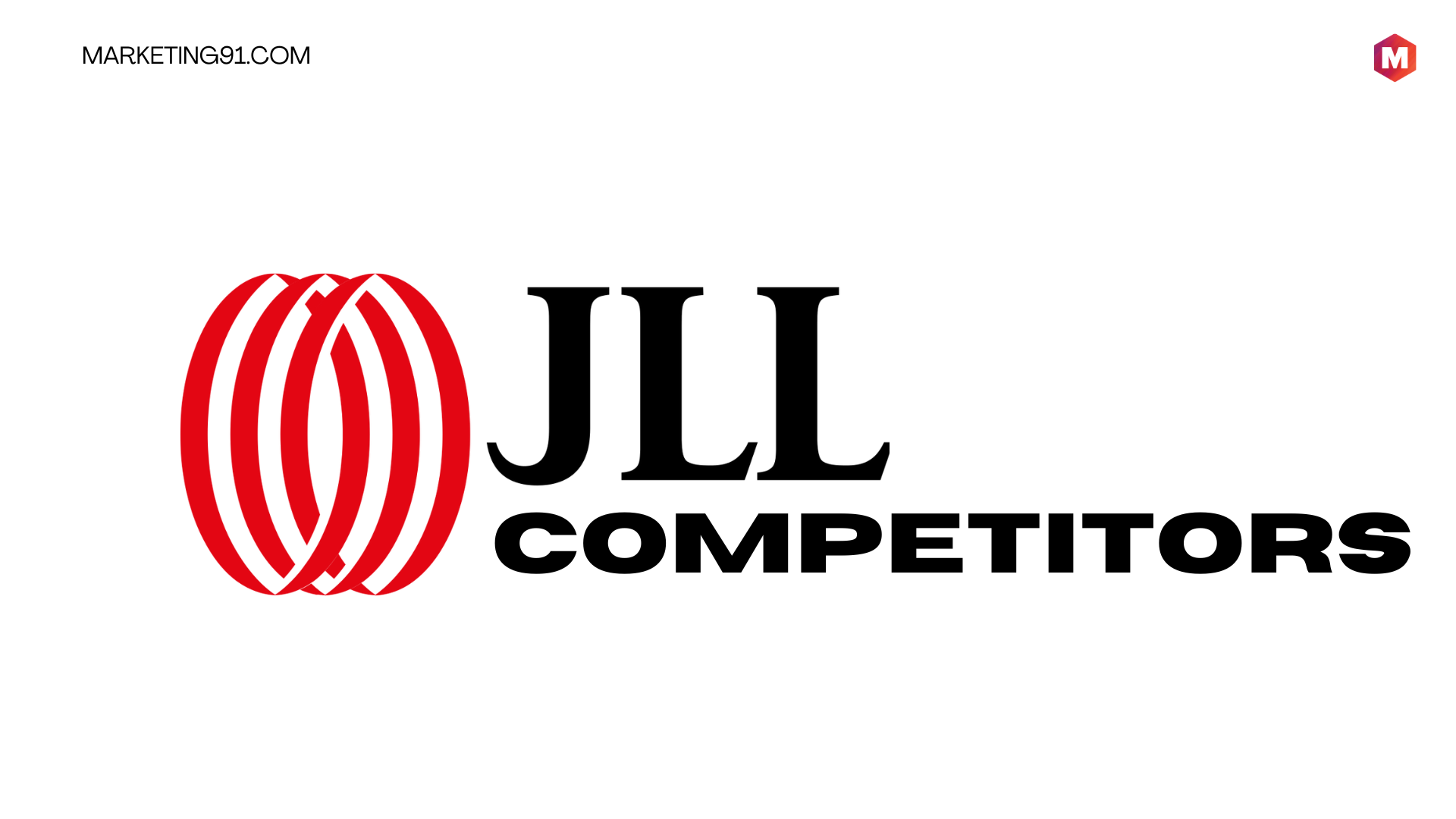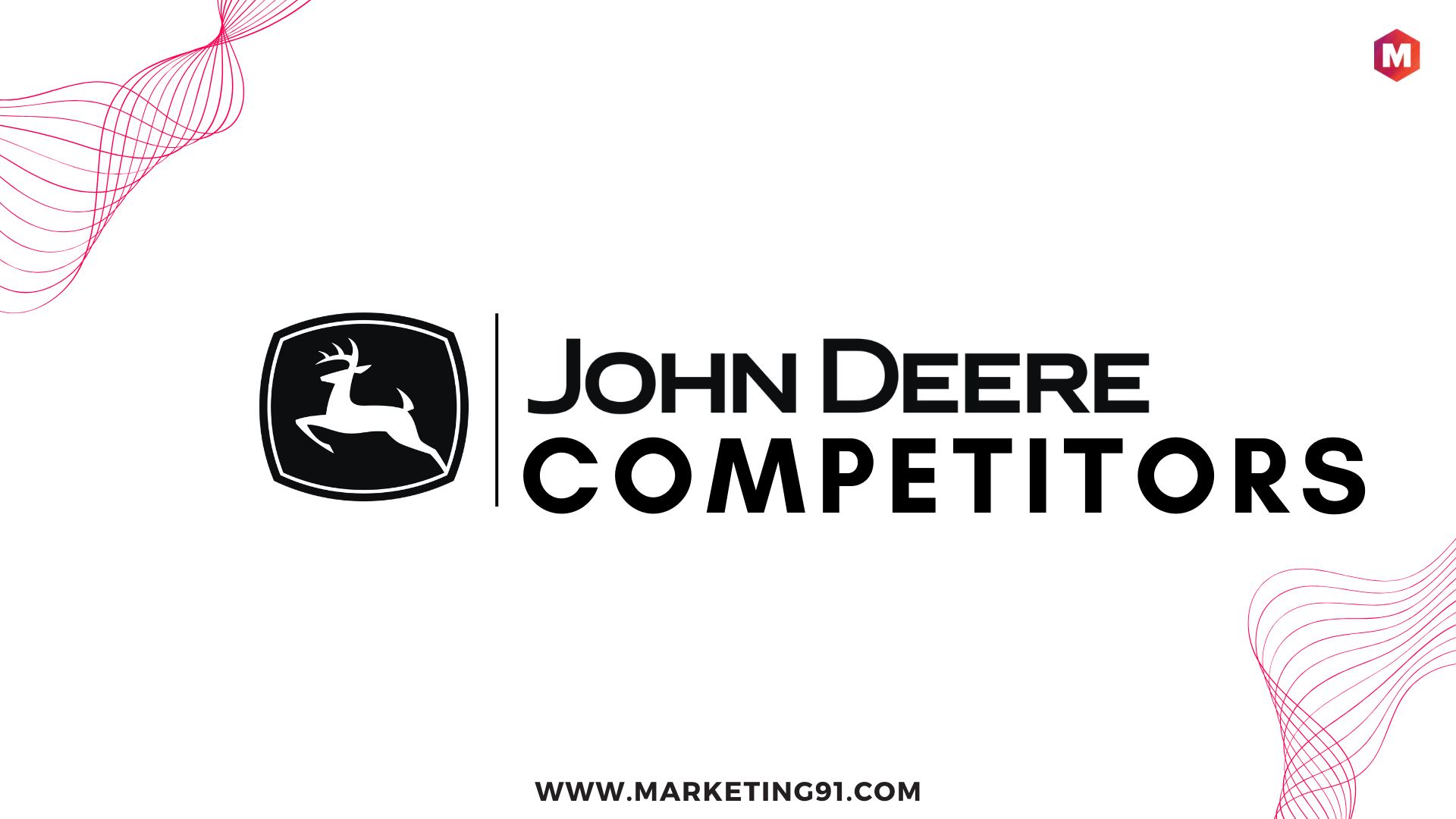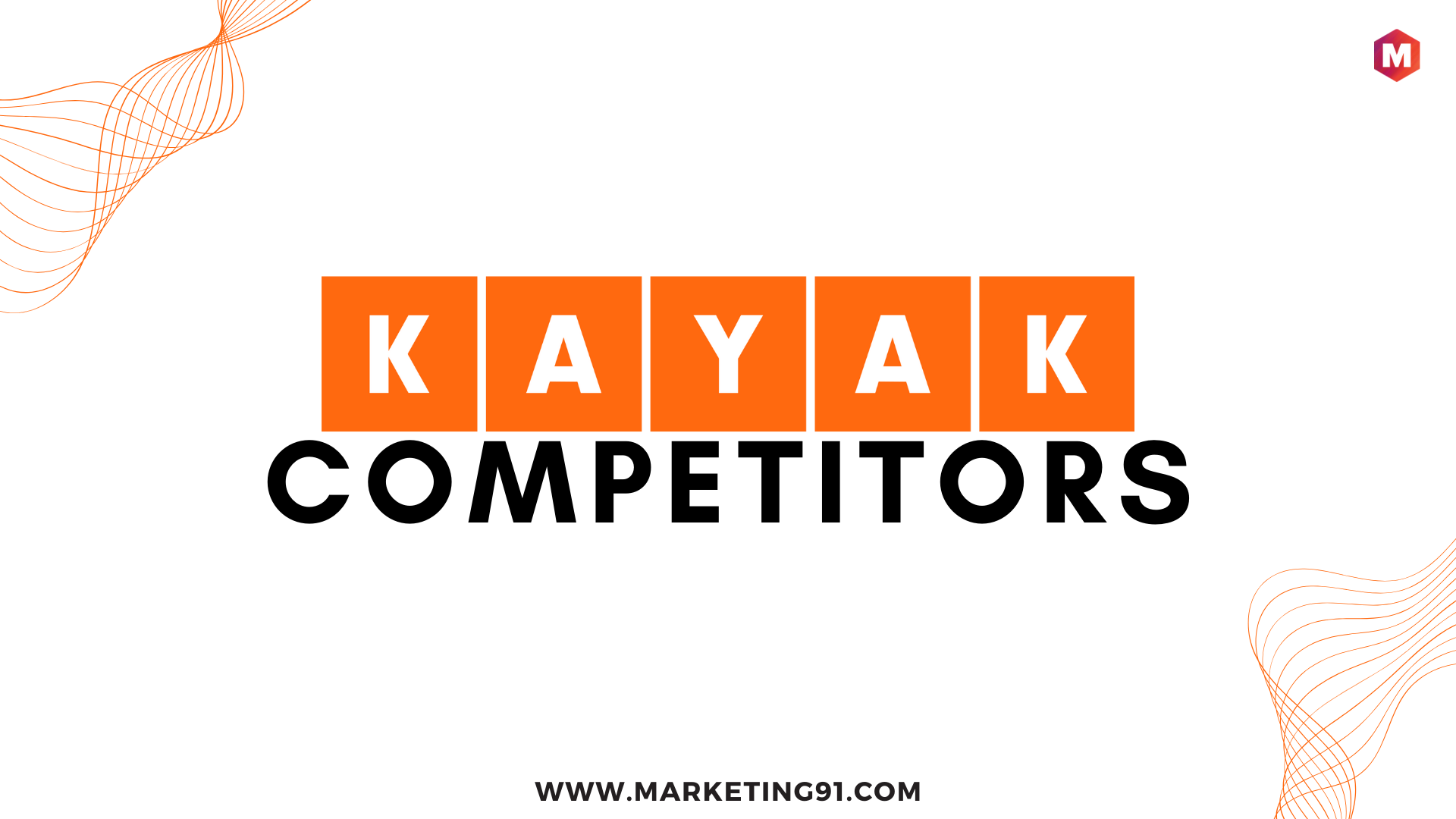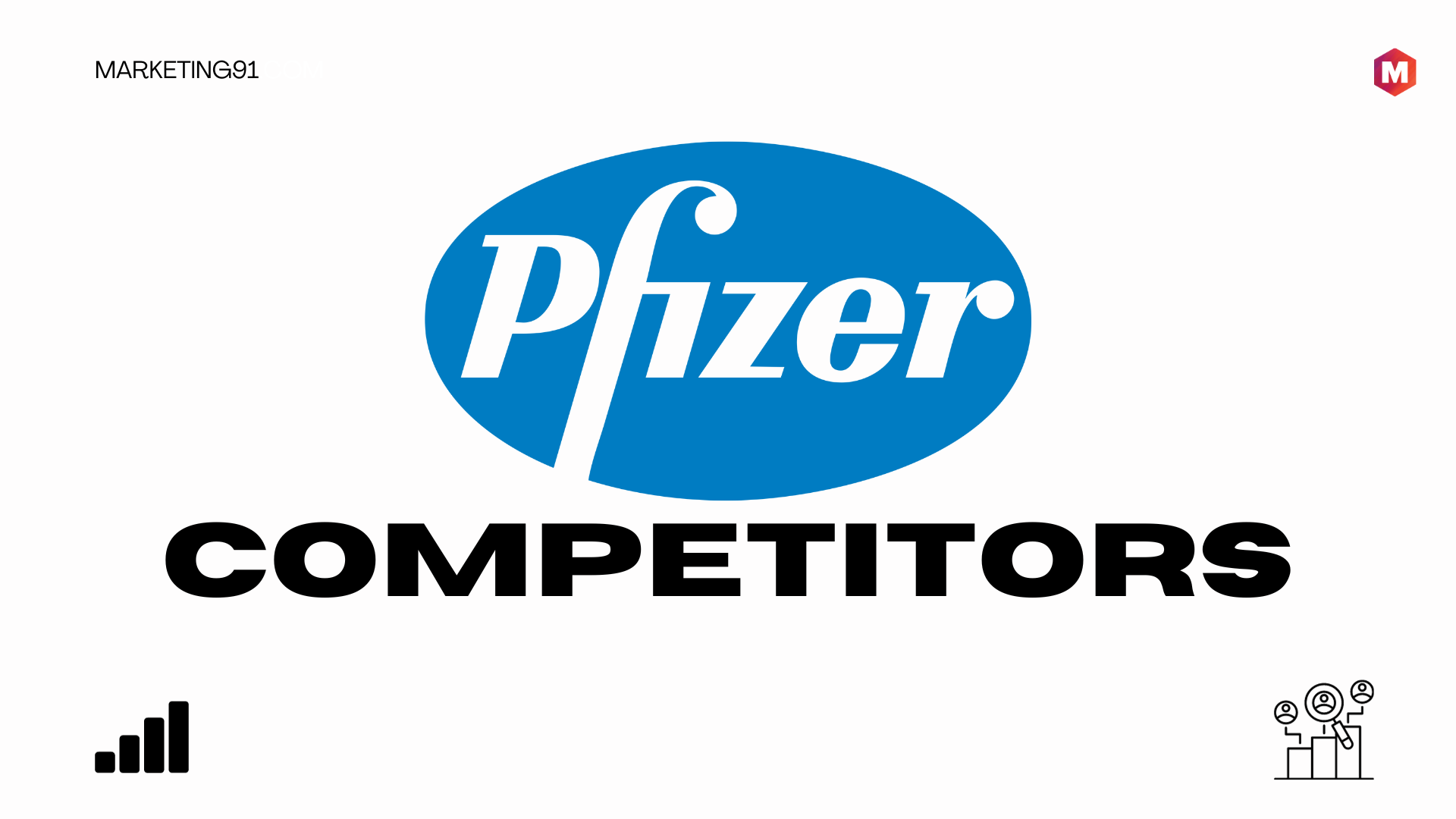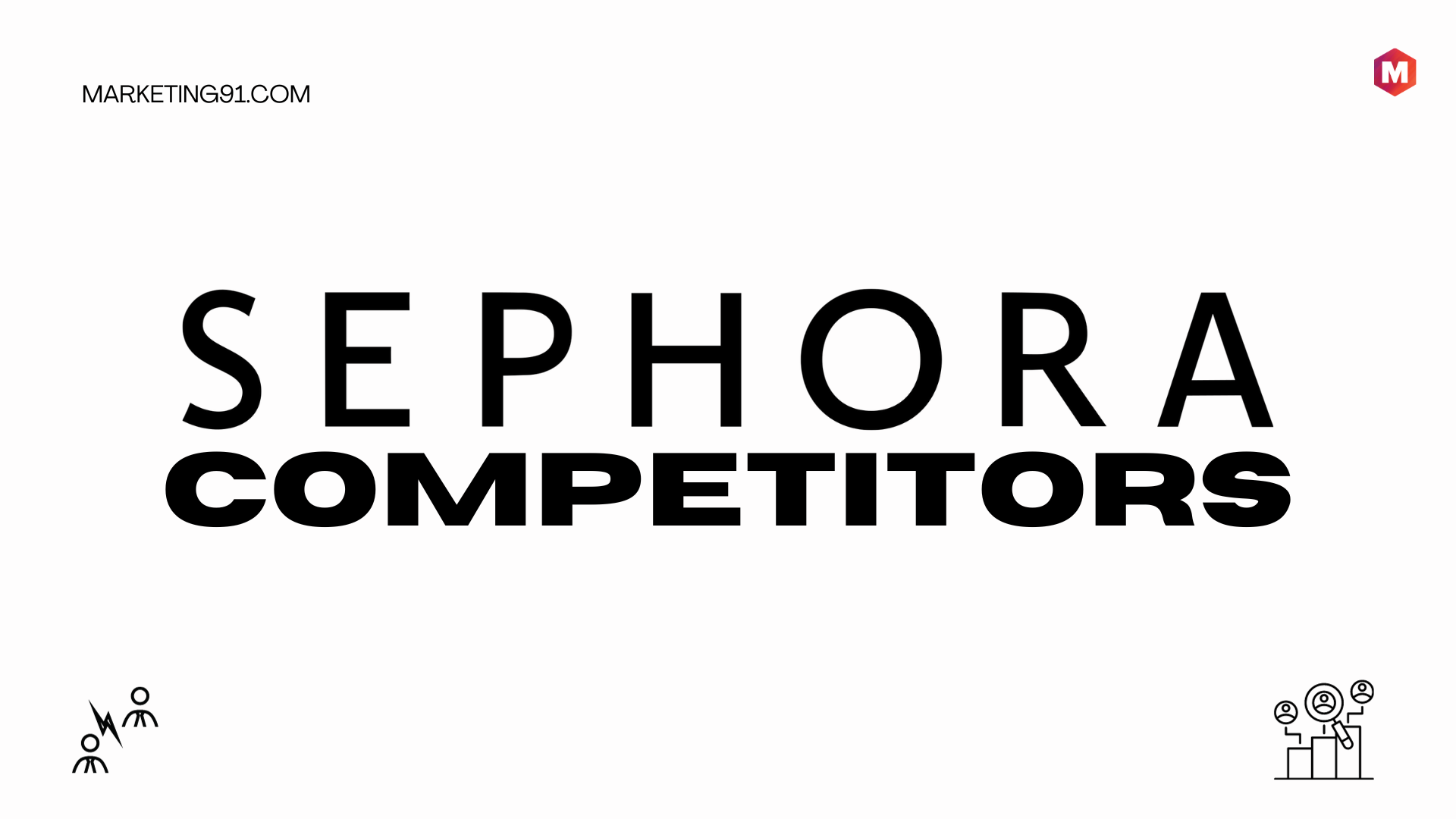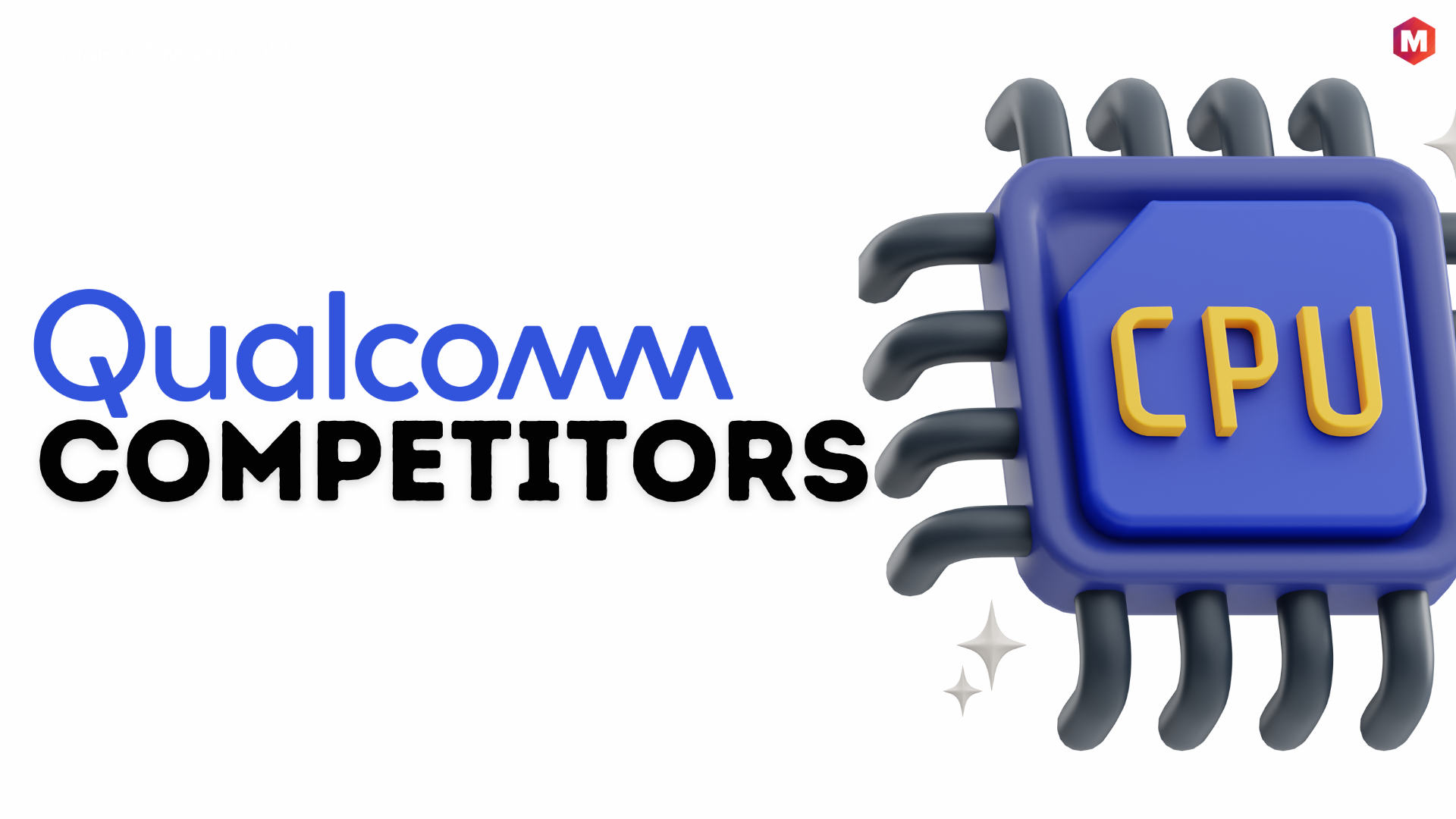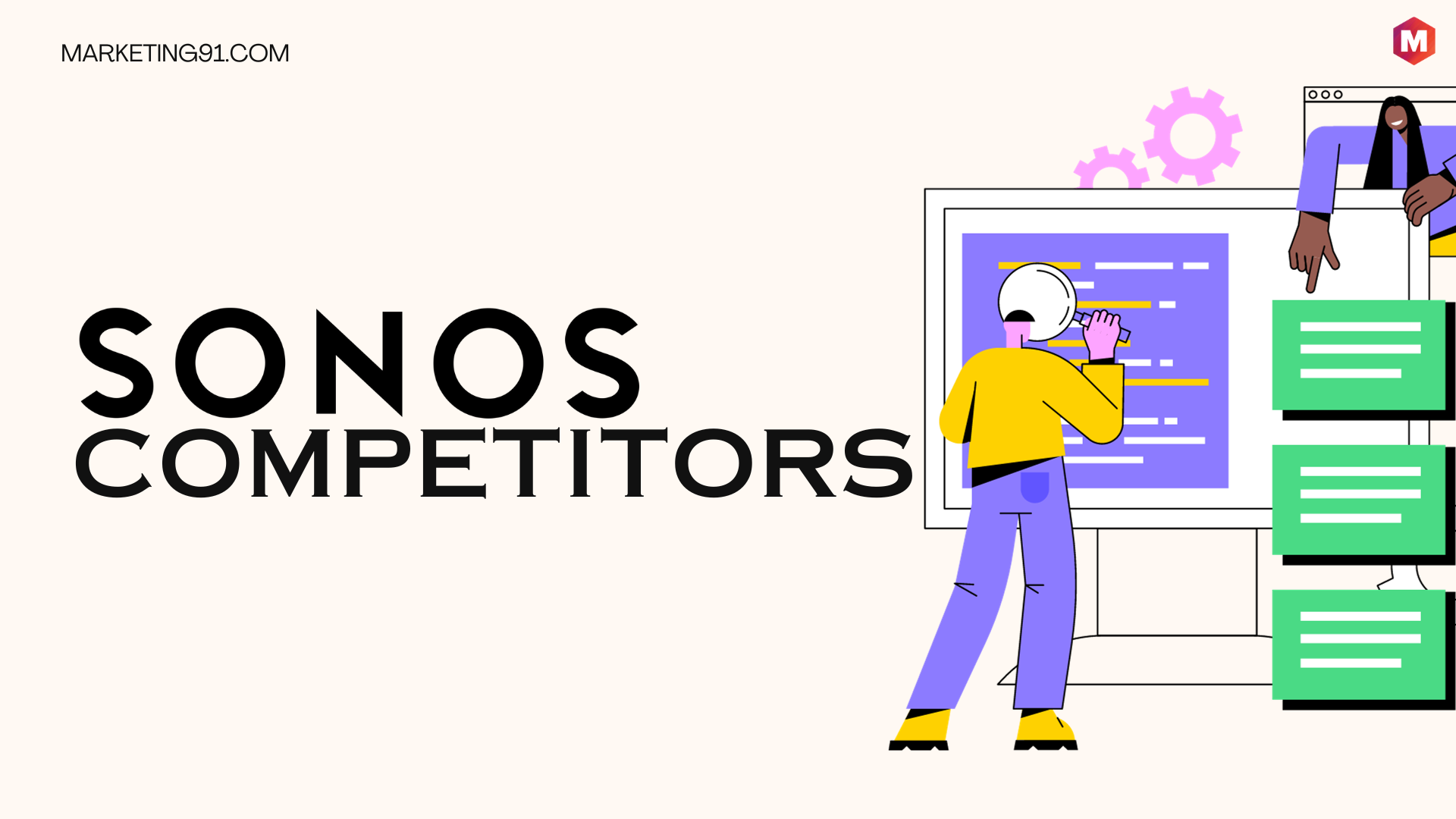Fiserv is an industry-leading company that provides financial services technology solutions to diverse clients. It is headquartered in Brookfield, Wisconsin, and was founded in 1984….
Top 30 GoodRx Competitors & Alternatives in 2025
GoodRx is a leading healthcare platform that helps consumers save money on prescription medications by providing price comparisons, discounts, and coupons. In this article, we…
Top 30 Indiamart Competitors & Alternatives in 2025
IndiaMART is India’s largest online B2B marketplace, connecting buyers with suppliers. In this article, we discuss the top Indiamart Competitors and Alternatives. Launched in 1996,…
Top 28 Crocs Competitors & Alternatives in 2025
Crocs is a leading manufacturer and retailer of foam footwear that has sold over 100 million pairs of shoes worldwide. In this article, we discuss…
Top 27 JLL Competitors & Alternatives in 2025
Jones Lang LaSalle Incorporated (JLL) is a global commercial real estate services and investment management company headquartered in Chicago, Illinois. In this article, we discuss…
Top 24 John Deere Competitors & Alternatives in 2025
John Deere is a world-famous brand owned by Deere & Company, an American firm that mainly manufactures heavy-duty machinery for agricultural and construction projects. In…
Top 29 KAYAK Competitors & Alternatives in 2025
KAYAK is a travel technology company that offers a metasearch engine for travel deals and operates across seven international brands. KAYAK allows users to compare…
Top 30 Schneider Electric Competitors & Alternatives in 2025
Schneider Electric is a France-based company that operates in energy management, sustainability, and automation. Schneider Electric is a global leader in energy management and automation…
Top 25 Pfizer Competitors & Alternatives in 2025
Pfizer is an American multinational pharmaceutical and biotechnology corporation that develops and produces medicines and vaccines for immunology, oncology, cardiology, endocrinology, and neurology. In this…
Top 20 Sephora Competitors & Alternatives in 2025
Sephora is a French multinational retailer company of beauty and personal care products. Founded in 1969, Sephora is a multinational beauty retailer that has become…
Top 28 Qualcomm Competitors & Alternatives in 2025
Qualcomm is a leading technology company that develops and produces semiconductors and telecommunications equipment. In this article, we discuss the top Qualcomm Competitors and Alternatives….
Top 23 Woolworths Competitors & Alternatives in 2025
Woolworths is an Australian chain of supermarkets and grocery stores specializing in groceries, magazines, DVDs, health and beauty products, household products, pet and baby supplies,…
Top 30 RingCentral Competitors & Alternatives in 2025
RingCentral is a cloud-based communication and collaboration platform that offers services such as video conferencing for mobile devices and desktop apps, team messaging, and cloud…
Top 30 Alteryx Competitors & Alternatives in 2025
Alteryx is an American computer software company that provides an end-to-end data analytics platform and solutions for data preparation, blending, and analysis. In this article,…
Top 29 Sonos Competitors & Alternatives in 2025
Sonos is an American audio company that produces speakers, audio components, and accessories, with annual sales revenue amounting to over 1.7 billion U.S. dollars in…
